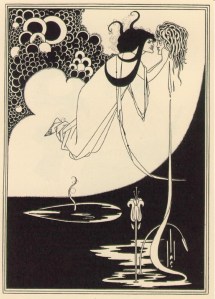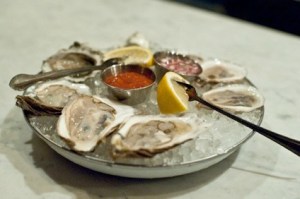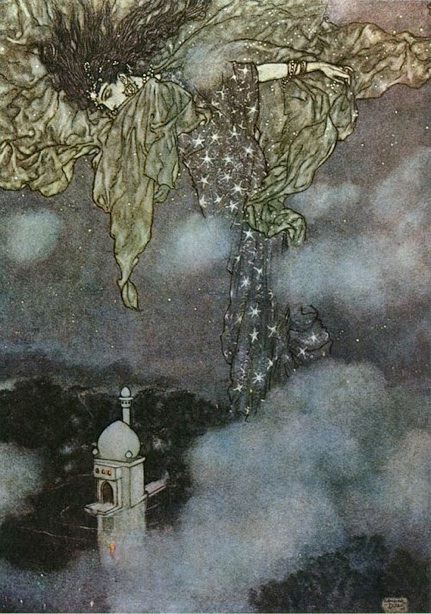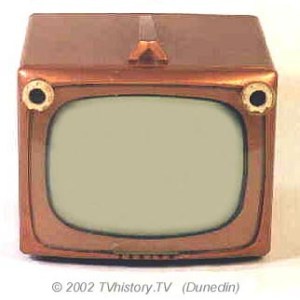
Obviously, Donald Trump considers himself above the law, thinks that whatever he wishes can be conjured by the genie of his entitlement to become immediately manifest. If he, the Mighty Wizard of Oz Mar-a-Lago, wants documents declassified – presto – they’re his to keep.
According to an audio tape in the possession of prosecutor Jack Smith, Trump has shared the contents of a top-secret document concerning a proposed invasion of Iran with people without security clearances, which is patently illegal. Why be bothered by petty little procedures like institutional declassification if you’re Donald J Trump? Sheltered by his wealth, he routinely has gotten away with ignoring inconvenient laws, and obviously he became complacent about not being taken to task. However, now that has been indicted for stealing classified documents, he is, according to his own paranoid estimation, the most persecuted president in history, more wronged than Lincoln, Garfield, McKinley, and Kennedy.[1]
Instead of “Macho Man,” they should play “Poor, Poor Pitiful Me” at his rallies.
I admit to being old and hard-hearted. I grew reading Hemingway in neighborhoods where dads who had fought hand-to-hand in the Pacific eschewed self-pity and kept their mouths shut when it came to their own personal suffering. They didn’t whine about their travails on the beaches of Normandy or in the jungles of Korea. For them it was blood – literally in some cases – under the bridge. That was the price you paid for freedom.
Of course, Donald Trump avoided the draft via bone spurs so didn’t get the chance to employ his reform school military training in Viet Nam. He learned from his father Fred that rules were made to be broken. What he didn’t receive from Fred was affection. It’s not at all surprising that an unloved scion of a real estate fortune would grow up to be needy.
What does surprise me, though, is that so many self-proclaimed red-blooded males, especially Southern males, have not only embraced, but in some cases deified, this crybaby. Donald Trump is the absolute antithesis of the caricature of Robert E Lee that Southerners of my generation had been groomed to revere.
Despite his vulgar bluster, Trump is no John Wayne, no James Bond. no Hamlet the Dane. Rather, he’s Michael Henchard from the Thomas Hardy’s The Mayor of Casterbridge (though that’s a little unfair to Henchard who was capable of self-recrimination and regret).

JOEY MACALLE
Like Henchard, Trump’s a self-pitying blowhard who somehow PT Barnum-ed his way into elected office. Unlike Henchard, though, Trump has become a cult figure, a demigod. His deification among gun-toting, drag-queen-hating outdoorsmen is beyond counter-intuitive, especially given his copious application of make-up, his platinum comb over, his gut-concealing girdle. Why do evangelicals see him as Christlike, even though he’s incapable of feeling empathy for anyone but himself?
I don’t know, but I say where offence is – and espionage is a great offence – let the great axe fall.
[1] Bonus question: Can you name their assassins?









